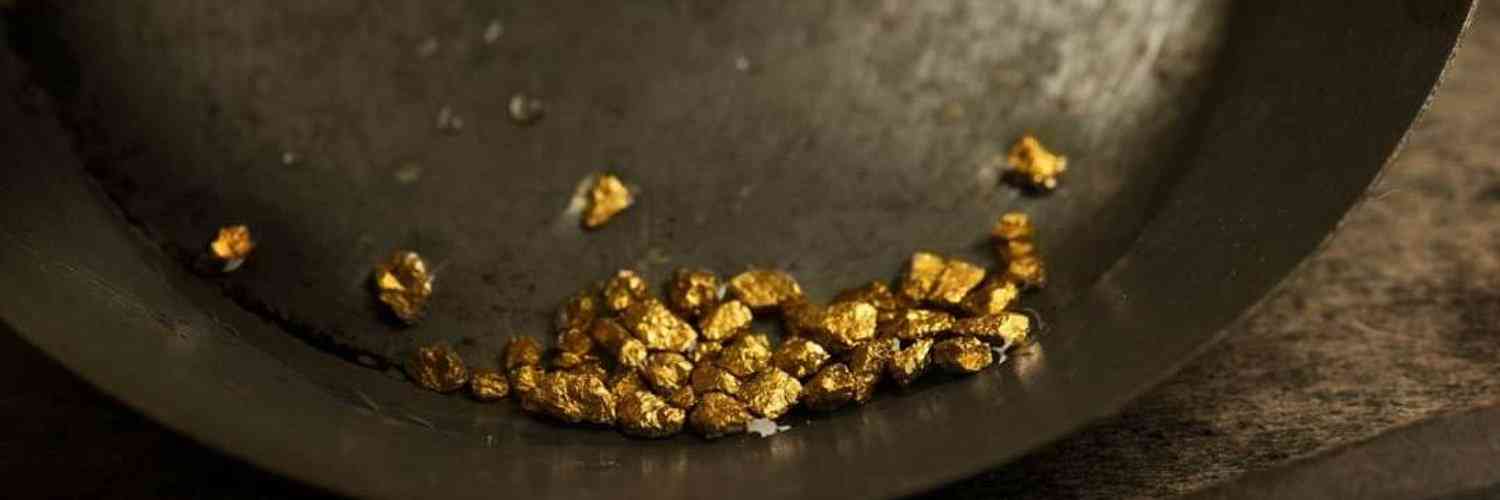
About 20 years ago, Mhangura town used to be a beehive of activity.
Shops and banks served many people and other industries associated with mining were major employers.
The copper mines drew many to work underground.
Now the town has been reduced to ruins and the only activity that still has a bit of life is farming.
Other businesses — including banks and shops — have either relocated elsewhere or folded up.
“We no longer have decent livelihoods. We are struggling to send our children to school and we only get money once per year,” said Alfred Moyo, who has lived in the town for more than 50 years. Just a few kilometres away from Mhangura is another small town, Alaska, which has a rich history of mining, but has now been reduced to an empty shell.
Virtually no activity occurs in the town except children playing in the dongas out of which their fathers used to haul bucket loads of copper.
“My life depended heavily on mining. I have no other technical expertise and farming is not in my blood, so I have resigned to fate. Maybe one day the mines would be reopened and I would get employed again,” said Hilary Phiri, former mine worker.
- Chamisa under fire over US$120K donation
- Mavhunga puts DeMbare into Chibuku quarterfinals
- Pension funds bet on Cabora Bassa oilfields
- Councils defy govt fire tender directive
Keep Reading
Alaska and Mhangura mines were shut down in 2000 after more than four decades of operation. Although some of the former workers, mostly of Mozambican and Malawian origin, were given compensation including houses and monetary severance packages, the majority of them now live in penury because inflation eroded the value of the monetary packages.
Most of the former mine workers and their families at Alaska, a former copper mine, have resorted to working on nearby commercial farms and resettlement areas.
Some have become highway “fishmongers”, always on the run from the police, because their activities are considered illegal.
“The mine was closed in 1998 and since then we have no regular source of income,” said Sherpard Batapanzi, chairman of Alaska Youth Corner, a peer education initiative.
“Most people here now survive through farming, seeking work in commercial areas nearby and fishmongering. We really have no future here and most of our young people are going to town and surviving by dubious means.”
Mhangura and Alaska are just two examples of many mining towns which have been reduced into ghost towns. Others are Kamativi and Shamrock. On the list also are Gath’s Mine in Mashava and Mvuma Mine in the Midlands. Production at the mines folded over the past few years owing to viability problems, leaving communities with no source of livelihood.
An Environmental Management Agency (EMA) report said families were still living in abandoned mine compounds under squalid conditions, risking their health.
EMA, which lashed out at mining giants for neglecting mines once they exhausted mineral extraction, said thousands of mine workers and their families living downstream of chrome washing plants were equally in danger of contracting diseases as chemicals used for washing chromite were finding their way into sources of water.
Chrome output is expected to rise to 300 000 tonnes per annum by 2015, if the sector could secure the $500 million that it requires for recapitalisation. EMA said it was concerned that larger amounts of harmful chromium increase people’s exposure to skin rash or sores.
If swallowed, some chromium compounds can seriously damage the throat, stomach, intestines, kidneys and blood circulatory system.
“Once prosperous mining towns are now ghost (towns) and dilapidated. Over 60 000 families are still living at these abandoned mines under squalid conditions,” EMA said in the report.
“Independent consultancy was engaged to cost the rehabilitation of four decommissioned mines and the amount of $32 million on average was announced. EMA will continue to monitor levels of pollution from these mines. However, the exercise requires a huge budget,” said the agency.
Evidence of acid mine drainage had been overwhelming in several disused mines, with gullies forming, dust from tailing dams high and air pollution wery high.
An EMA official said: “Illegal mineral panning is rife (in the ghost towns) with some panners illegally mining in former mine shafts and pits, worsening the risk of ground subsidence as well as their lives. Tailing dams are eroding and collapsing in most cases transmitting chemically-contaminated effluent and sands into the environment.”











